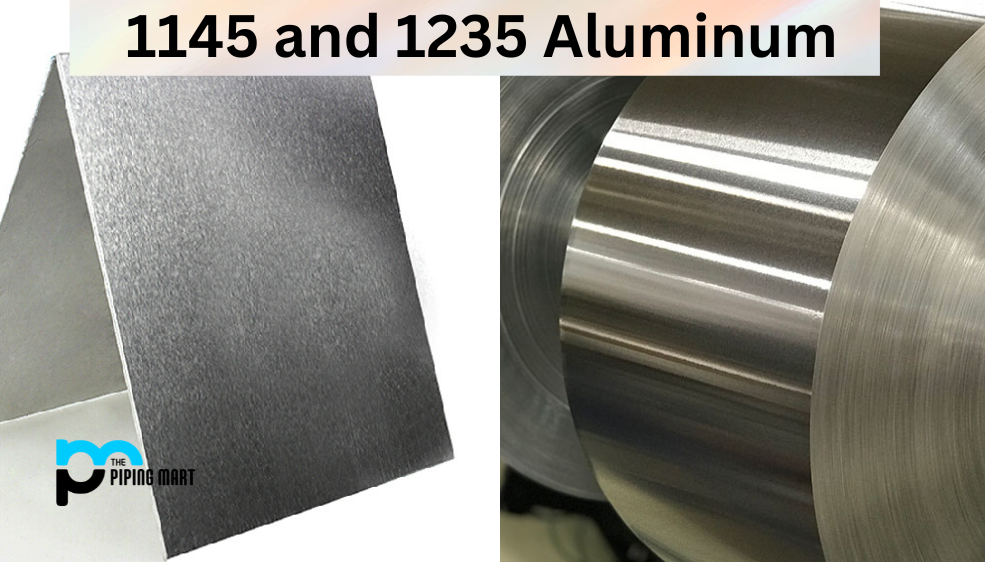Steel is an essential resource for constructing buildings, transportation, and infrastructure. It is present in our everyday lives, and it’s easy to take for granted the immense amount of energy and material resources that go into its production. Steel is the most recycled material globally, and with the world’s growing demand for steel, the environmental impact of producing steel cannot be overlooked. This blog post aims to provide insight into the environmental impact of steel production and the measures being taken to reduce the effects.
Step 1
Firstly, let’s examine the amount of energy consumed to produce steel. Steel production contributes to approximately 7-9% of global carbon dioxide emissions, making it the 2nd highest industrial emitter. One tonne of steel requires an average of 1.8 tonnes of CO2 emissions. This is mainly due to the high temperature and energy-intensive process utilized in steelmaking, primarily by burning coal or other fossil fuels. Therefore, it is crucial to reduce energy consumption. Some solutions employed include using renewable energy sources such as wind and solar.
Step 2
Secondly, let’s look at the water usage and disposal of steel production. Water is used extensively in the cooling and cleaning of metals during steel production, which can lead to water scarcity and pollution. Moreover, the wastewater from steel production typically contains heavy metals, oil, and chemicals, making it hazardous. There is a growing focus on reducing water usage and treating wastewater through sustainable methods that promote recycling and reusing.
Step 3
Thirdly, one of the by-products of steel production is slag, a waste material that decomposes slowly. Steel slag contains various heavy metals that can be released into the environment and cause soil and water pollution. Therefore, managing slag to prevent soil and water contamination is essential. Recently, the use of steel slag in the construction of roads has been proven to be an efficient and environmentally friendly method of slag management.
Step 4
Fourthly, the transportation of steel dramatically impacts the environment. Steel is a heavy and bulky commodity requiring large amounts of fuel. Therefore, reducing transportation emissions is crucial. One solution could be to reduce transportation distances by using sustainable regional supply chains that use steel from local producers whenever possible.
Step 5
Lastly, the circular economy model is being adopted to reduce the environmental impact of steel production. The circular economy is an economic model that promotes using resources efficiently and minimizing waste. In the steel industry, this includes reducing energy consumption, recycling steel scraps, and reusing by-products. Utilizing the circular economy in steel production can significantly reduce the environmental impact of the steel industry.
Conclusion
In conclusion, steel production has a considerable environmental impact. However, the effect can be reduced by implementing sustainable methods such as renewable energy, water treatment, slag management, regional supply chains, and circular economy practices. As consumers, we can reduce our steel demand, opt for recycled steel products, and recycle steel products we no longer need. We all play a role in creating a cleaner future and reducing the environmental impact of steel production.
Sakshee is a talented blogger, with a particular focus on the Business and Metal Industry. She is passionate about sharing her insights on various metal products and helping professionals to make a better decisions.




